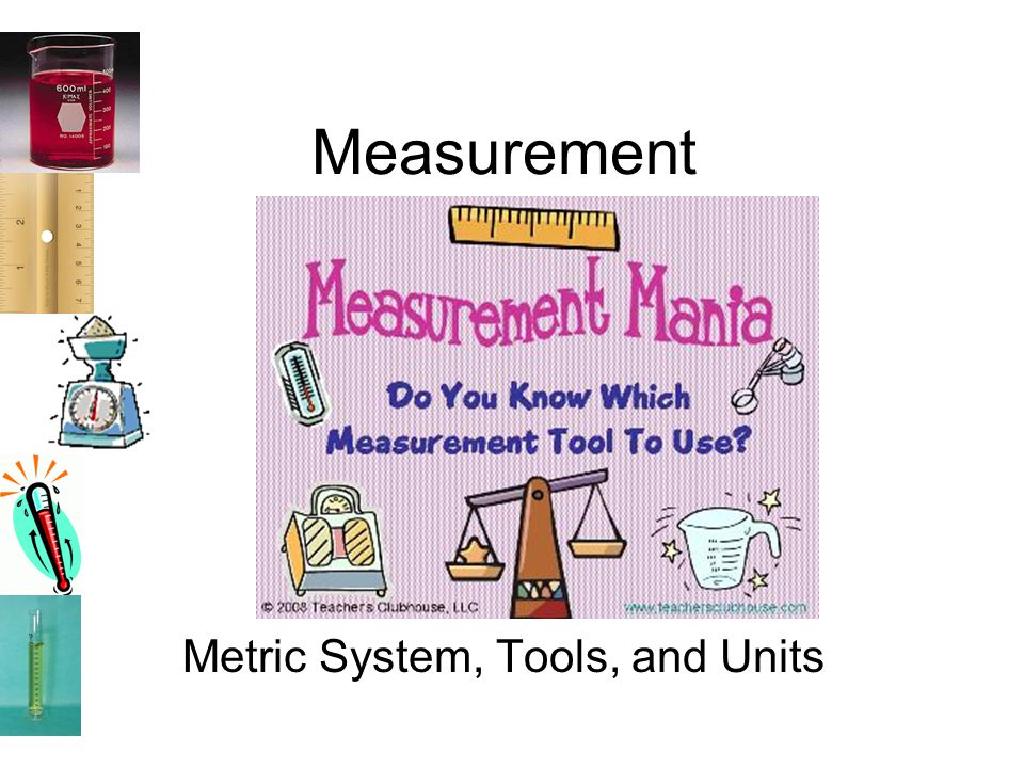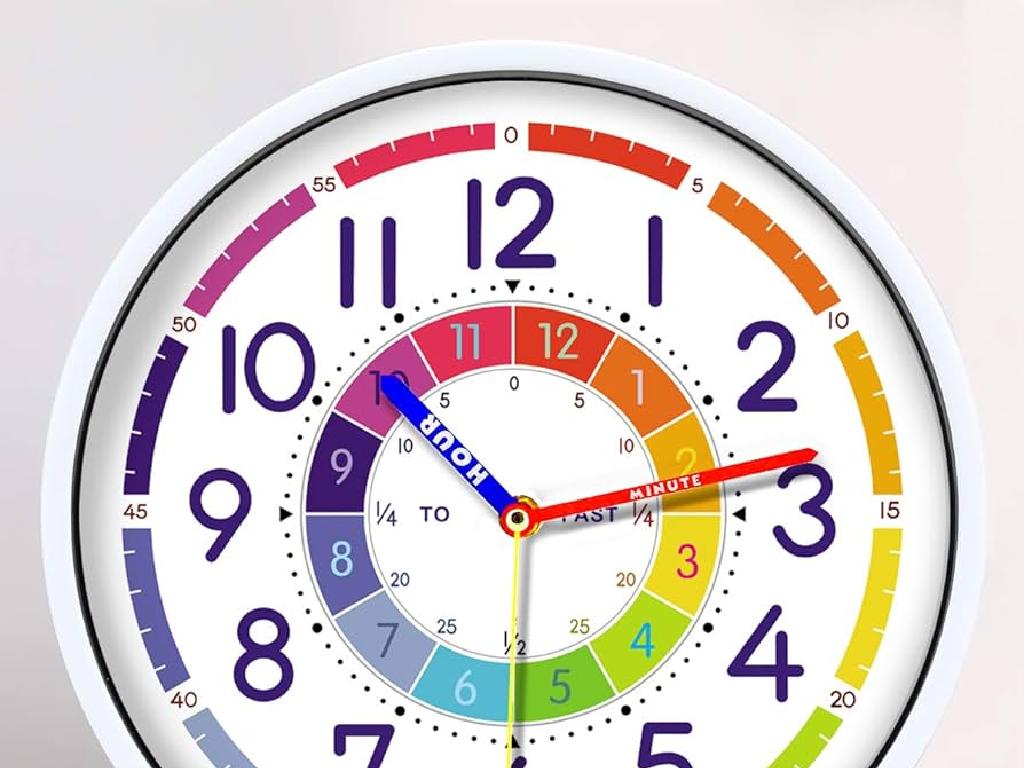Find All The Factor Pairs Of A Number
Subject: Math
Grade: Fourth grade
Topic: Factors And Multiples
Please LOG IN to download the presentation. Access is available to registered users only.
View More Content
Today’s Adventure: Finding Factor Pairs!
– What are factors?
– Factors are numbers we can multiply to get another number.
– Exploring factor pairs
– Factor pairs are two numbers that, when multiplied, equal the target number.
– Importance of factor pairs
– Knowing factor pairs helps in simplifying fractions & understanding numbers.
– Activity: Find factor pairs
– Use multiplication to find all pairs for numbers like 12, 16, or 20.
|
Begin the lesson by explaining that factors are the building blocks of multiplication and division. They are numbers that divide into another number without leaving a remainder. Understanding factor pairs is crucial as it lays the foundation for higher mathematical concepts such as simplifying fractions, least common multiples, and greatest common divisors. During the activity, encourage students to work in pairs to find all the factor pairs for given numbers. This will help them to visualize the concept and see the practical application of factors in math. Provide guidance on how to systematically find all factor pairs to ensure they don’t miss any.
Exploring Factors of Numbers
– What is a factor?
– A factor is a number that divides another number without leaving a remainder.
– Factors as building blocks
– Just like building blocks create structures, factors combine to form whole numbers.
– Example: Factors of 6
– 1, 2, 3, and 6 are factors of 6 because 6 ÷ 1, 6 ÷ 2, 6 ÷ 3, and 6 ÷ 6 all have no remainder.
|
Begin the lesson by defining a factor as a number that can divide another number completely, leaving no remainder. Explain that factors are the ‘building blocks’ of numbers, meaning that they are the basic elements that can be multiplied together to result in the original number. Use the number 6 as an example to show that 1, 2, 3, and 6 are all factors of 6 because they divide it evenly. This concept will help students understand how to break down numbers into their component parts, which is a fundamental skill in mathematics. Encourage students to think of factors as pieces of a puzzle that fit together to make a whole number.
Exploring Factor Pairs
– Understanding factor pairs
– Two numbers that multiply to give another number
– Every number’s factor pairs
– Like a team working together to make a number!
– Example: Factor pairs of 6
– 1 x 6 and 2 x 3 both equal 6
|
This slide introduces the concept of factor pairs to fourth-grade students. Begin by explaining that a factor pair consists of two numbers that, when multiplied together, result in a given number. Emphasize that every number has its own unique set of factor pairs, and some numbers have more pairs than others. Use the number 6 as a concrete example to show that 1 and 6 are a factor pair because 1 multiplied by 6 equals 6, and similarly, 2 and 3 are a factor pair because 2 multiplied by 3 also equals 6. Encourage students to think of factor pairs as partners working together to create a number. This foundational understanding will help them with multiplication, division, and later on with concepts like prime factorization.
Finding Factor Pairs of a Number
– Start with 1 and the number
– Every number has at least one factor pair: 1 and itself.
– Look for multiplying pairs
– Pairs that multiply to the number, like 2 x 6 for 12.
– Use multiplication facts
– Recall times tables to find pairs.
– Find all factor pairs
– Ensure no factor pair is missed.
|
This slide introduces the concept of finding all factor pairs for a given number, which is a foundational skill in understanding multiplication and division. Begin by explaining that a factor pair consists of two numbers that, when multiplied together, result in the given number. Emphasize that 1 and the number itself are always a factor pair. Encourage students to use their knowledge of multiplication facts to discover other factor pairs. For example, for the number 12, students should identify 1 x 12, 2 x 6, and 3 x 4 as factor pairs. It’s important to check all numbers up to the square root of the given number to ensure all pairs are found. This exercise helps students reinforce multiplication skills and prepares them for more advanced math concepts.
Let’s Practice Together: Factor Pairs of 12
– Start with 1 x 12
– Find more factor pairs
– Look for numbers that multiply to make 12
– How many pairs can we find?
– Remember, factors are like puzzle pieces that fit together to make 12
– Review answers as a class
|
This slide is an interactive class activity focused on finding all the factor pairs of the number 12. Begin by demonstrating the first factor pair, 1 x 12, to show how the activity is done. Encourage students to think of multiplication facts that result in 12. Guide them to consider both small and larger numbers, ensuring they understand that factors are numbers that divide into 12 without leaving a remainder. Once students have had a chance to find factor pairs, bring the class together to discuss their findings. This will help reinforce the concept of factors and provide an opportunity for peer learning. Possible activities for different students could include using manipulatives to visualize the factor pairs, drawing arrays to represent the factors, or creating a factor pair ‘rainbow’ as a visual aid.
The Importance of Factor Pairs
– Understanding factor pairs
– Factor pairs in daily life
– Examples: Organizing objects, sharing equally among friends
– Connects to division & multiplication
– Knowing factor pairs simplifies these operations
– Aids in problem-solving
– Helps tackle real-world math challenges
|
Factor pairs are crucial in mathematics as they lay the foundation for understanding more complex concepts. They are not just numbers that multiply to give another number, but they also have practical applications in everyday life, such as arranging items or dividing them into groups. Grasping the concept of factor pairs is essential for students as it directly relates to their understanding of division and multiplication. This knowledge is also instrumental in solving various mathematical problems they may encounter. During the lesson, provide examples of factor pairs in real-life scenarios to help students see the relevance and encourage them to think of their own examples. This will make the concept more concrete and relatable.
Class Activity: Factor Pair Challenge
– Find factor pairs for 24
– Factors of 24: 1×24, 2×12, 3×8, 4×6
– Work together with a classmate
– Use multiplication facts
– Remember, 3×8 is the same as 8×3!
– Share your findings
|
This activity is designed to promote teamwork and apply multiplication knowledge to find factor pairs. Students will pair up and use multiplication facts to find all the factor pairs for the number 24. Encourage them to start with 1×24 and work their way up to 24×1, remembering that factors like 3×8 and 8×3 are the same and only need to be counted once. After completing the task, each pair will share their answers with the class to ensure everyone has a complete set of factor pairs. This will help reinforce their understanding of factors and provide an opportunity for peer learning.
Conclusion and Homework: Factor Pairs
– Excellent work on factor pairs!
– Continue practicing to improve
– Homework: Factor pairs for 16, 20, 30
– Find all combinations of numbers that multiply to get 16, 20, and 30
– Be ready to discuss your answers
– Think about what you learned today to complete your homework
|
Students have done a great job in class understanding how to find factor pairs. To reinforce their learning, they are assigned homework to find factor pairs for the numbers 16, 20, and 30. This will help them practice and become more confident in identifying factors. Remind them to consider all possible combinations of multiplication that result in the given numbers. In the next class, be prepared to review their findings, discuss any challenges they faced, and celebrate their successes. This exercise will not only solidify their understanding of factor pairs but also enhance their multiplication skills.






